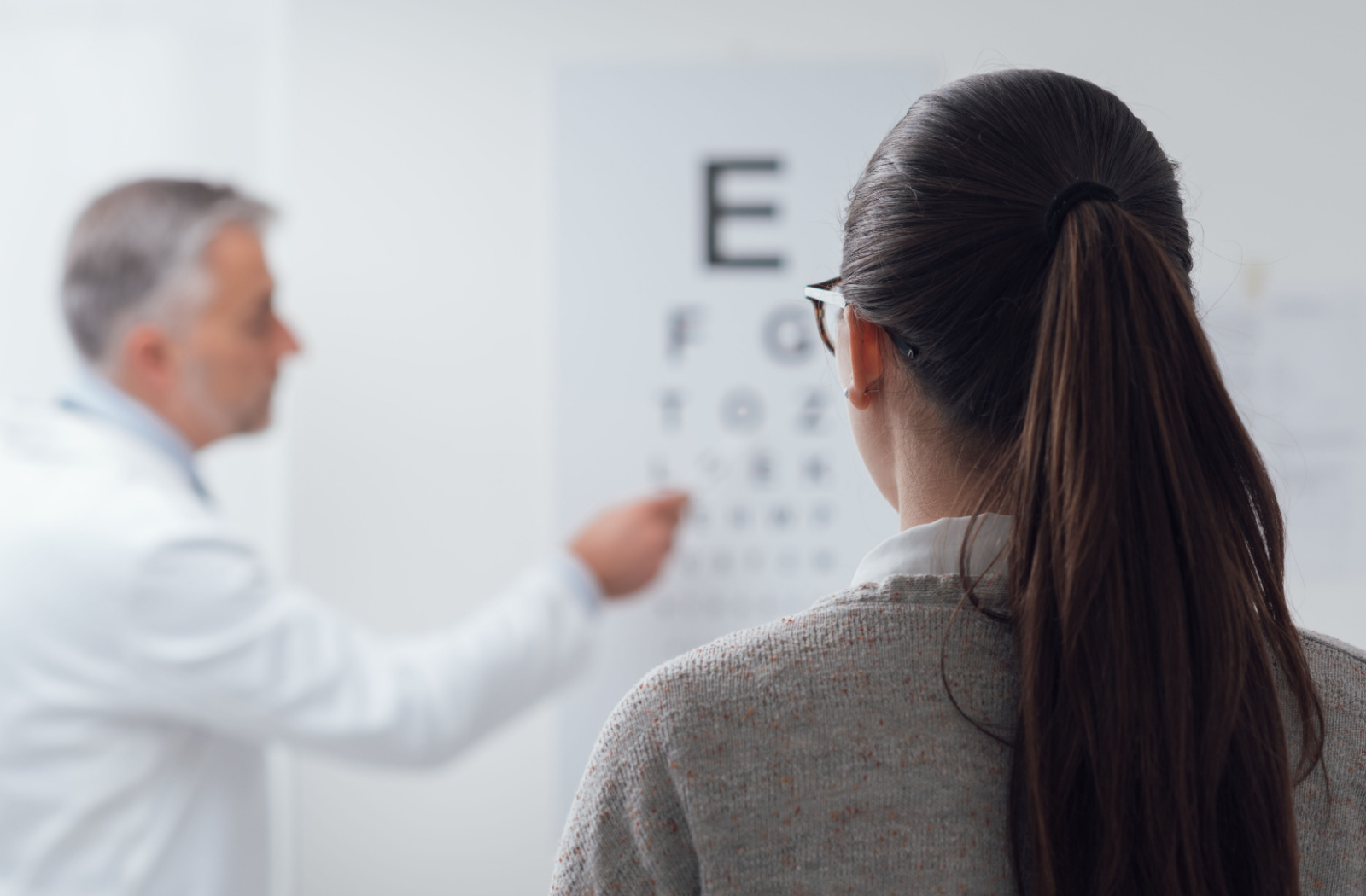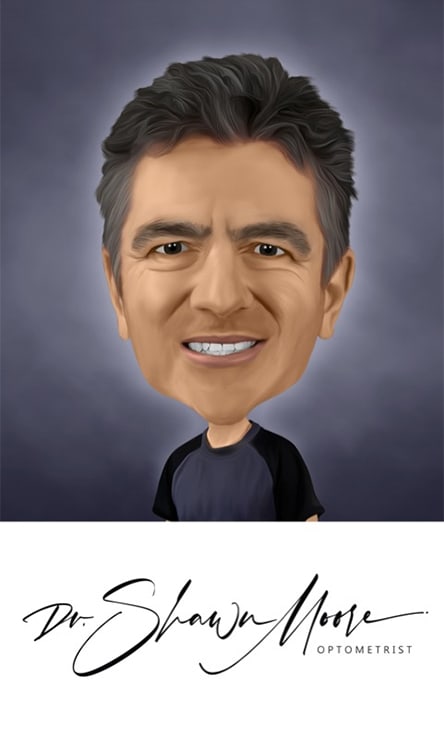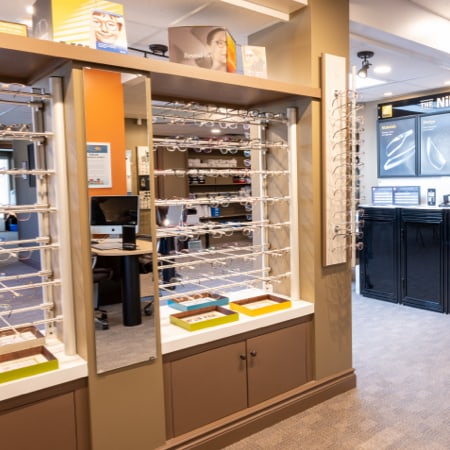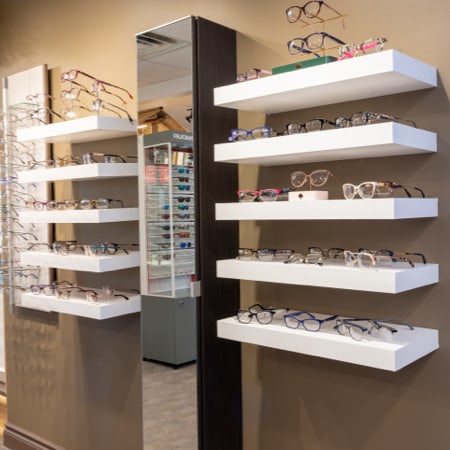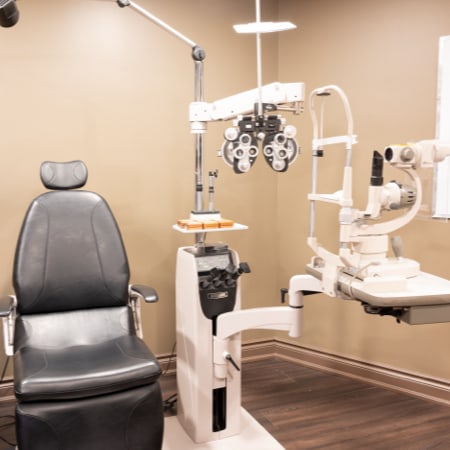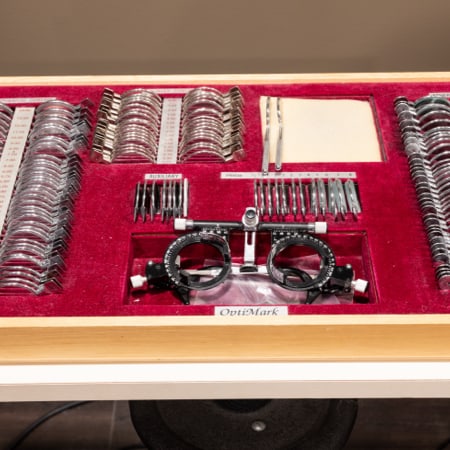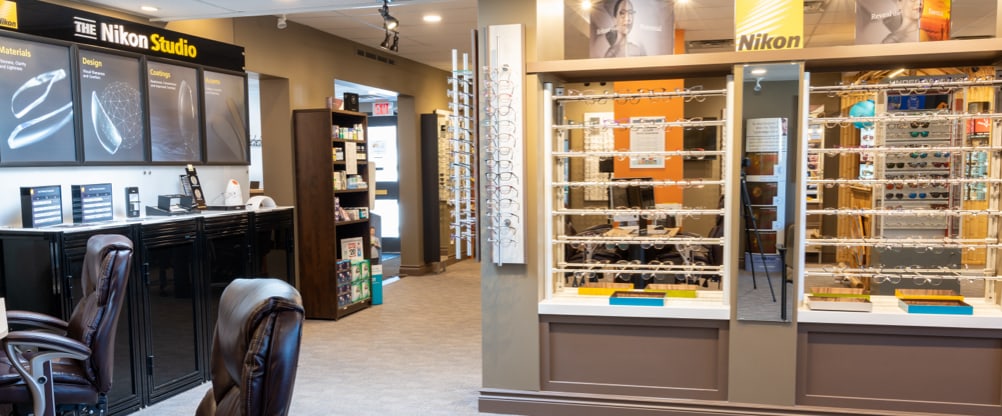The Ontario Health Insurance Plan (OHIP) is a provincial health insurance program that provides coverage for essential medical services to Ontario residents. It aims to provide residents access to necessary medical care, including hospital visits, doctor’s appointments, and some specialized services.
However, it’s important to note that OHIP does not cover all medical expenses. When it comes to eye care, OHIP provides coverage for certain groups, such as children under the age of 20 and seniors over the age of 65. For children, OHIP covers 1 eye examination every 12 months, for healthy seniors OHIP covers 1 eye examination every 18 months, or for seniors with specific conditions like diabetes or glaucoma, 1 eye examination every 12 months. Healthy adults 20 to 64 are not covered under OHIP, adults with specific medical conditions are covered every 12 months, and adults on certain government programs are covered every 2 years.
What Does OHIP Cover for Eye Exams?
As mentioned, OHIP covers 1 eye examination every 12 months for children under the age of 20 and 1 eye examination every 18 months for seniors over 65. This includes a complete eye exam, which involves testing for visual acuity, checking the eyes’ health, and assessing potential vision problems.
In addition to providing basic coverage, OHIP includes coverage for “partial examinations” between regular check-ups to address specific eye or vision issues if needed. For instance, for children and seniors OHIP covers visits to the optometrist for diagnosing and treating eye infections.
However, it’s important to note that OHIP does not cover second opinions. If you seek an examination from a different optometrist to confirm a diagnosis, it will not be covered by OHIP.
What Doesn’t OHIP Cover for Eye Exams?
There are certain eye care services and products that OHIP does not cover, even for those who qualify for basic coverage. These include:
- Prescription glasses or contact lenses
- Laser eye surgery for vision correction
- Cosmetic procedures, such as eyelid lifts
It’s important to note that while OHIP may not cover these services, some individuals may be eligible for coverage through other means. For example, private insurance plans or employee benefits may provide coverage for these services.
How to Make the Most of OHIP Coverage for Eye Exams
It’s important to stay informed about what is and isn’t covered to make the most of your OHIP coverage for eye exams. Here are some tips:
- Keep track of when you last had an eye exam and plan accordingly for your next one.
- If you have a specific medical condition requiring regular eye exams, inform your optometrist so they can provide the necessary documentation for OHIP coverage.
- Consider exploring private insurance options or employee benefits to supplement OHIP coverage for services not covered by OHIP.
- If you are over 65, having an eye exam yearly is still advised, even though OHIP only covers seniors every 18 months. You don’t have to wait. You are able to choose to pay for the service direction, or we can submit to your third party health insurance which may cover it.
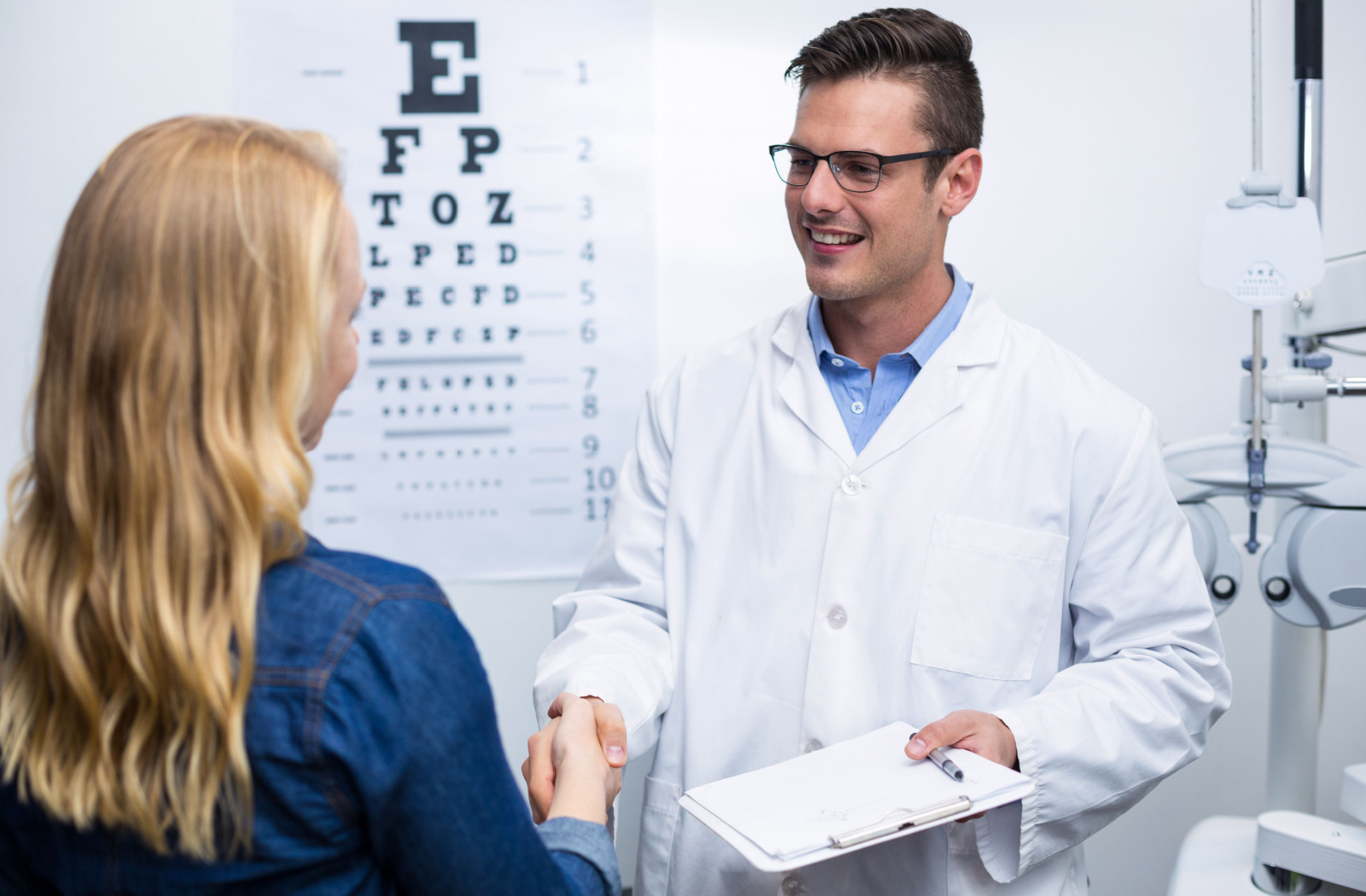
Regular Eye Exams for Overall Health
With OHIP coverage or not, it’s crucial to prioritize regular eye exams for your overall health. Eye exams can detect early signs of eye diseases, such as glaucoma, cataracts, and underlying health conditions like diabetes and high blood pressure. By catching these issues early on through routine eye exams, you can prevent further complications and maintain good vision.
Remember to schedule regular eye exams with your optometrist, even if you have no symptoms or vision issues. Your eye health is just as important as any other aspect of your overall health, and with the support of OHIP coverage and alternative options, you can keep your eyes well taken care of.
In this video, Dr. Shawn Moore explores the imaging techniques employed during a standard eye examination, highlighting the preferred screening method used by Orillia Optometry.
Take the Next Step Towards Eye Health
At Orillia Optometry, we use advanced imaging technology, such as optical coherence tomography (OCT) and retinal photography, to capture detailed images of the eye’s structures. This allows us to detect any abnormalities or changes in the eye that may indicate a potential issue.
Schedule your eye exam with us today and take the first step towards maintaining good eye health. Don’t wait until you experience symptoms, as early detection can significantly improve treatment success and preserve your vision.

